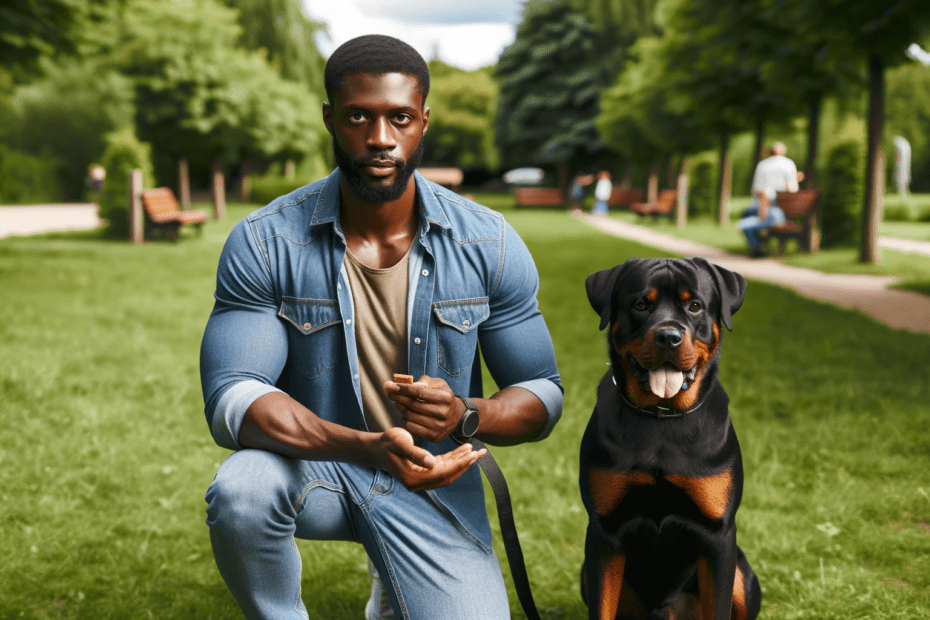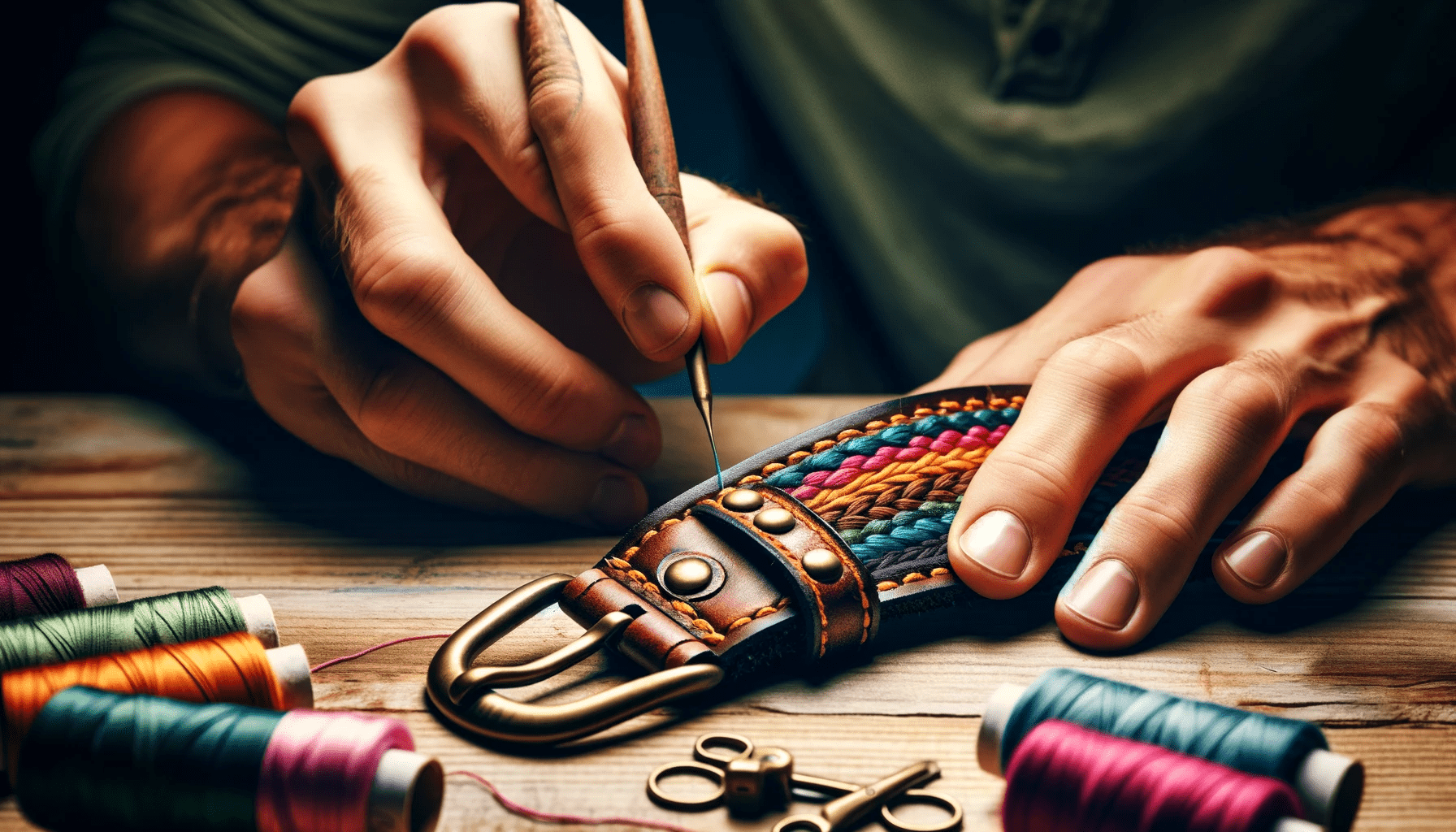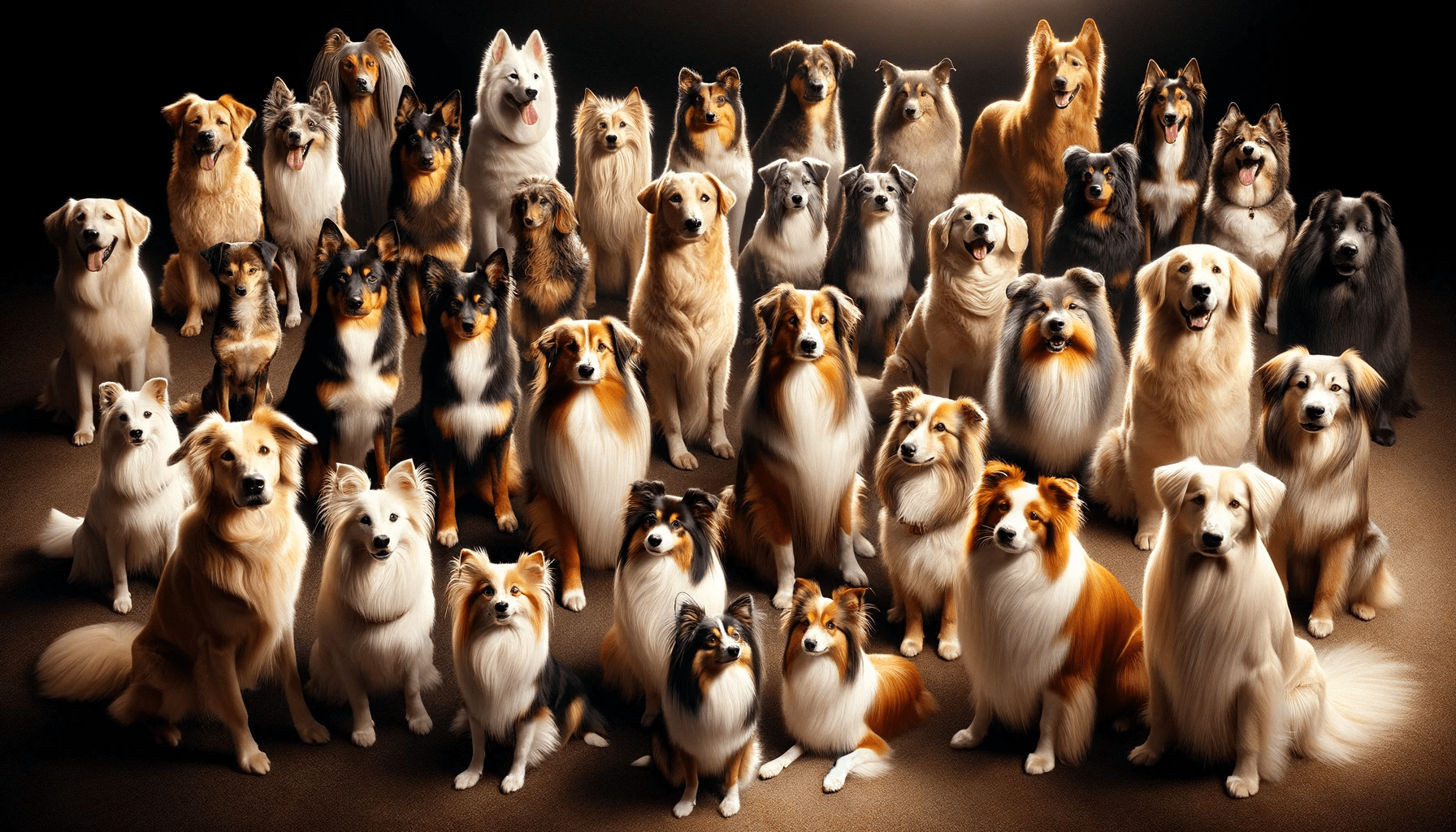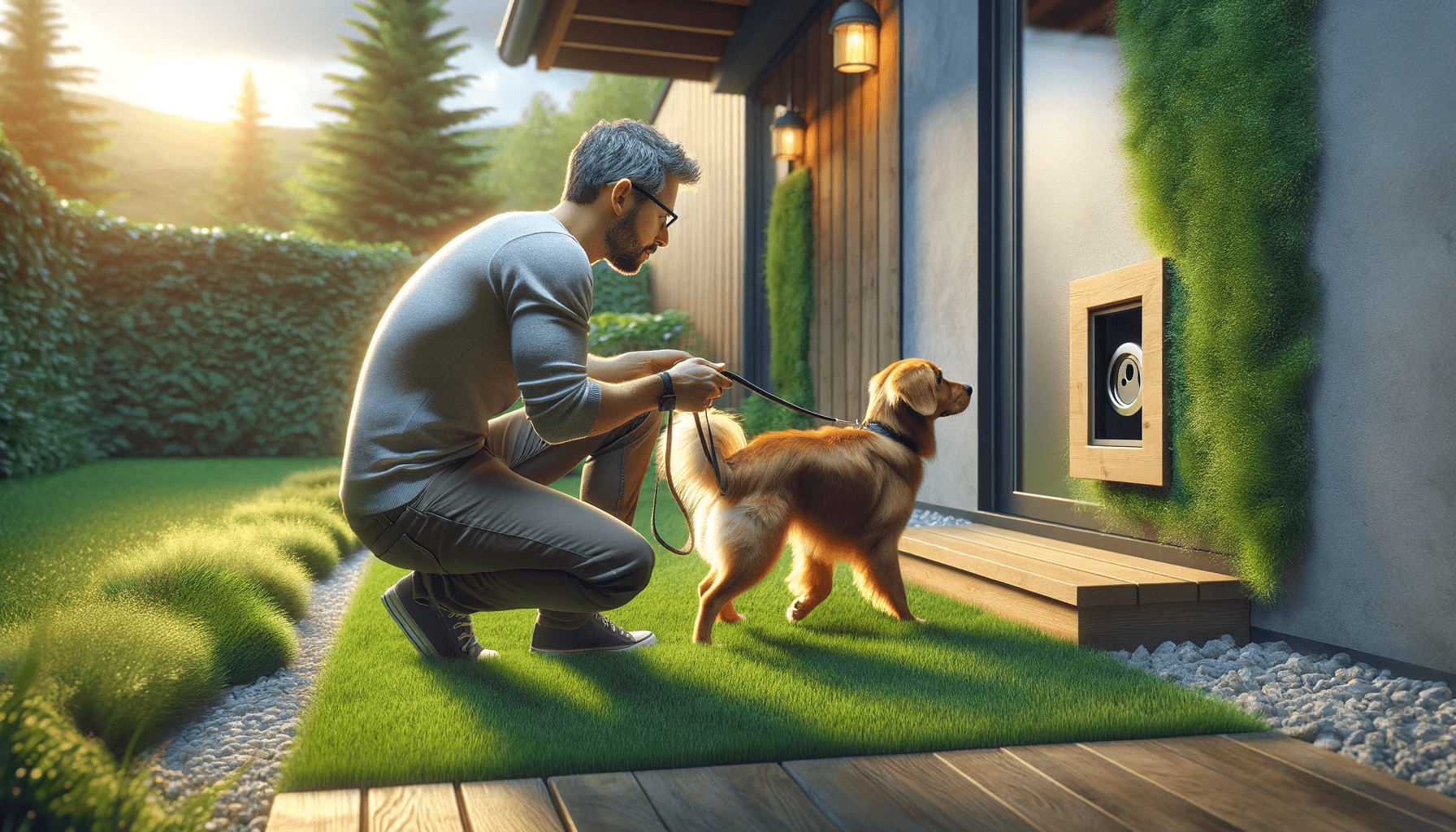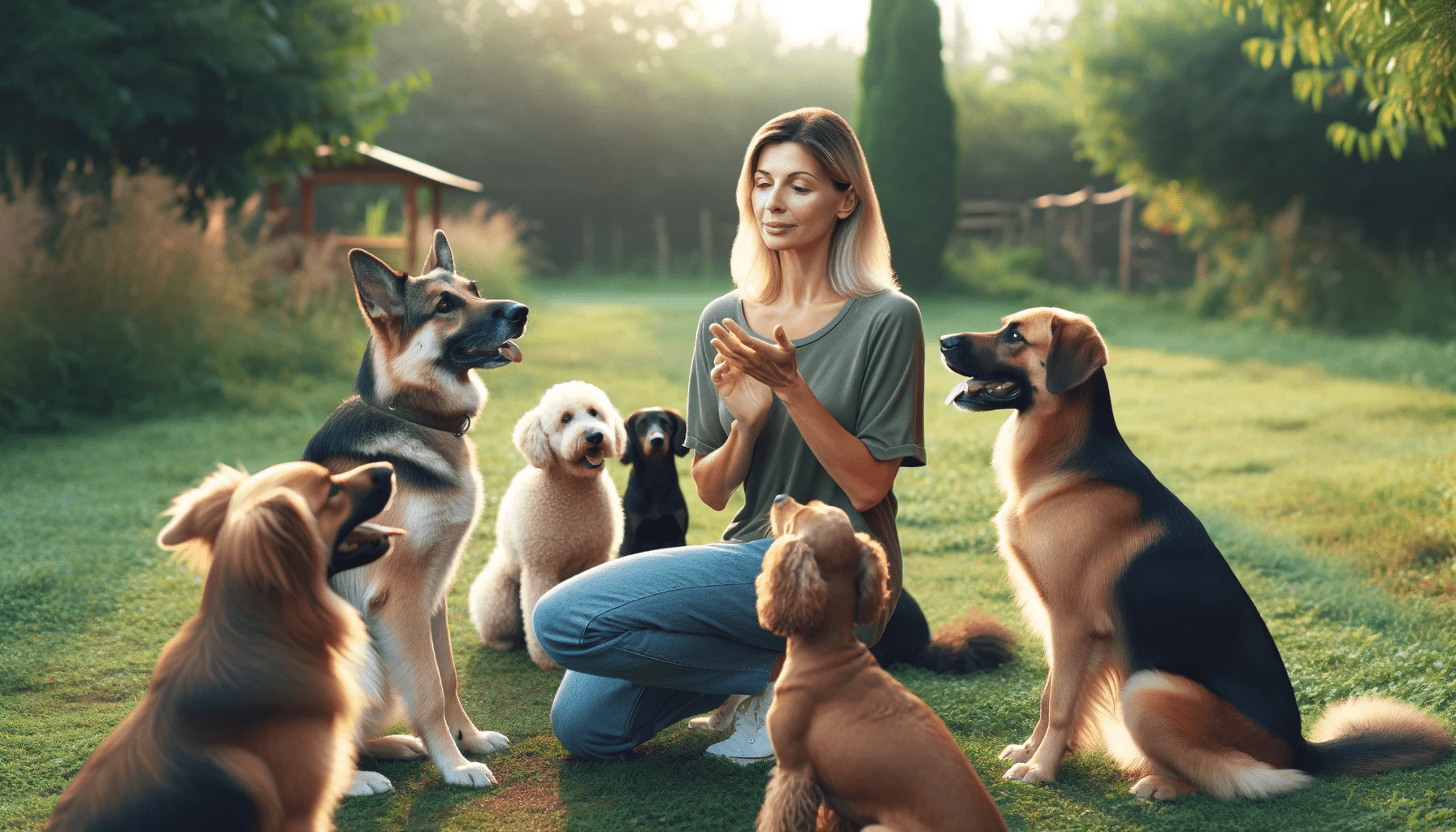Are you struggling to control your aggressive dog's behavior? Discover the best training methods for your furry friend.
Positive reinforcement, desensitization, counterconditioning, behavior modification, clicker training, socialization techniques, and management strategies are all effective ways to address aggression in dogs.
By implementing these methods, you can help your dog become happier, more well-behaved, and improve their quality of life.
Get ready to transform your aggressive dog into a loving and obedient companion.
Key Takeaways
- Positive reinforcement and reward-based training methods are highly recommended for aggression in dogs.
- Desensitization and counterconditioning techniques can be used to gradually expose the dog to triggers and teach a positive response.
- Behavior modification with professional guidance is necessary to address the underlying causes of aggression and create a tailored plan.
- Clicker training can improve communication and create a positive and cooperative relationship with the dog.
Positive Reinforcement
To effectively address aggression in dogs, positive reinforcement is a highly recommended behavioral training method. Positive reinforcement involves rewarding your dog for exhibiting desired behaviors, such as calmness and obedience, rather than punishing or scolding them for their aggression. This technique focuses on reinforcing good behavior instead of focusing on the negative aspects of your dog's aggression.
Positive reinforcement works by associating rewards, such as treats or praise, with the desired behavior. For example, if your dog is prone to aggressive behavior towards other dogs, you can reward them whenever they remain calm and friendly during interactions. This helps your dog understand that their good behavior is rewarded and encourages them to exhibit it more often.
This method is effective because it creates a positive association in your dog's mind between good behavior and rewards. It motivates them to repeat the desired behavior in order to receive the positive reinforcement. Positive reinforcement also helps build a strong bond between you and your dog, as they learn to trust and rely on you for rewarding experiences.
In addition to being effective, positive reinforcement is a humane and gentle approach to training. It avoids the use of physical force or punishment, which can cause fear and anxiety in dogs. By focusing on positive reinforcement, you can effectively address your dog's aggression while maintaining their emotional well-being.
Desensitization and Counterconditioning
When addressing aggression in dogs, another effective method to complement positive reinforcement is desensitization and counterconditioning.
This approach involves gradually exposing your dog to the triggers that cause aggression while simultaneously teaching them a new, positive response.
Desensitization works by gradually exposing your dog to the stimulus that triggers their aggressive behavior. This exposure should start at a level where your dog feels comfortable and relaxed, and then slowly increase in intensity over time. By doing this, you allow your dog to become desensitized to the trigger, reducing their fear or anxiety response.
Counterconditioning is the process of teaching your dog a new, positive response to the trigger. This is done by pairing the presence of the trigger with something that your dog enjoys, such as treats or playtime. Over time, your dog will start to associate the trigger with positive experiences, leading to a change in their emotional response.
The combination of desensitization and counterconditioning helps to achieve fear extinction, which is the gradual reduction and eventual elimination of your dog's fear or anxiety response to the trigger.
This method requires patience, consistency, and careful management of your dog's environment to ensure their safety and success. Consulting with a professional dog trainer or behaviorist can be helpful in developing a customized desensitization and counterconditioning plan for your dog.
Behavior Modification
Start by identifying the underlying causes of your dog's aggression. Behavior modification is a key approach to managing aggression in dogs. It involves changing your dog's behavior by addressing the root causes of their aggression. This method aims to help your dog develop new, more desirable behaviors and responses.
Behavior modification for aggression management typically involves a combination of techniques, such as positive reinforcement training, desensitization, and counterconditioning. Positive reinforcement training rewards your dog for exhibiting desired behaviors, while desensitization and counterconditioning help your dog overcome their fear or anxiety triggers.
To implement behavior modification effectively, it's important to work with a professional dog trainer or behaviorist who can assess your dog's aggression and develop a tailored behavior modification plan. They'll guide you through the process, teaching you how to identify triggers, manage your dog's environment, and use positive reinforcement techniques to reinforce new behaviors.
Consistency, patience, and persistence are key when using behavior modification to manage aggression. It's important to set realistic goals and be consistent in your training efforts. Over time, with proper behavior modification, your dog can learn to replace aggressive behaviors with more appropriate responses, leading to a happier and safer environment for both you and your furry friend.
Clicker Training
One effective method for training aggressive dogs is using a clicker. Clicker training is a form of positive reinforcement that uses a small handheld device that makes a distinct clicking sound. The clicker serves as a bridge between the desired behavior and the reward that follows. This method is based on the principle of shaping behavior, which involves breaking down the desired behavior into small achievable steps.
Clicker training works by associating the sound of the clicker with a reward, such as a treat or praise. When the dog performs a desired behavior, such as sitting or staying calm, the trainer immediately clicks the clicker and rewards the dog. Through repetition, the dog learns to associate the clicker with the reward and is motivated to repeat the behavior.
One of the advantages of clicker training is its precision. The clicker provides a clear and consistent signal to the dog, making it easier for them to understand which behavior is being reinforced. This helps to speed up the learning process and improve communication between the trainer and the dog.
In addition, clicker training allows for a hands-off approach, which can be beneficial when working with aggressive dogs. It helps to create a positive and cooperative relationship between the trainer and the dog, reducing the likelihood of confrontations or negative interactions.
Socialization Techniques
To continue shaping behavior in aggressive dogs, incorporate socialization techniques into their training. One effective method is to introduce your dog to other dogs in controlled environments, such as dog parks. Gradually increase the duration and intensity of these interactions, ensuring that both dogs are comfortable and displaying appropriate behavior. Dog park introductions allow your dog to learn proper social cues and develop positive associations with other dogs.
Another valuable socialization technique is enrolling your dog in puppy socialization classes. These classes provide a structured environment where your dog can interact with other puppies under the supervision of a professional trainer. This allows your dog to learn how to properly interact with other dogs, practice impulse control, and build confidence. Puppy socialization classes also expose your dog to various stimuli, such as different people, sounds, and environments, which helps prevent fear-based aggression.
It is important to note that socialization should be done gradually and at your dog's pace. Pushing your dog too quickly or overwhelming them with too many new experiences can have the opposite effect and exacerbate their aggression. Always monitor your dog's body language and behavior during socialization exercises and be prepared to intervene if necessary.
Incorporating dog park introductions and puppy socialization classes into your aggressive dog's training program can greatly improve their behavior and help them become more comfortable and confident in social situations.
Management and Environmental Enrichment
To effectively manage and enrich your aggressive dog's environment, ensure that you provide them with a secure and stimulating living space. Managing aggression in dogs requires creating an environment that promotes their well-being and helps them learn appropriate behaviors. Start by ensuring that your dog has a safe and comfortable space where they can relax and feel secure. This can be a designated area in your home or a crate that they can retreat to when they need a break.
In addition to a secure space, it's important to provide your aggressive dog with mental and physical stimulation. This can be achieved through interactive toys, puzzle feeders, and regular exercise. Mental stimulation helps to keep their minds occupied and prevents boredom, which can contribute to aggressive behaviors. Physical exercise helps to release excess energy and promotes overall well-being.
Enriching your dog's environment also involves providing opportunities for socialization. This can be done through supervised interactions with well-behaved dogs or controlled visits to dog parks. By exposing your dog to different situations and environments, you can help them become more comfortable and confident.
Frequently Asked Questions
Can Aggressive Behavior in Dogs Be Completely Eliminated Through Training Methods?
Yes, aggressive behavior in dogs can be completely eliminated through training methods. Medication can be used in conjunction with training to address aggressive behavior in dogs. With proper techniques and consistency, improvement is possible.
How Long Does It Typically Take to See Results When Using Positive Reinforcement Techniques?
When using positive reinforcement techniques for other behavioral issues, it's important to adapt them to different types of aggressive behavior. Results can vary, but typically you'll start seeing improvements within a few weeks.
Are There Any Specific Breeds That Are More Prone to Aggressive Behavior?
Some specific breeds may be more prone to aggressive behavior. However, with behavior modification techniques, you can help your aggressive dog learn new, more appropriate behaviors. Be patient and consistent.
Can Desensitization and Counterconditioning Techniques Be Used for Other Behavioral Issues Besides Aggression?
Desensitization and counterconditioning techniques can be effective for other behavioral issues like separation anxiety and fear of strangers. These methods help dogs become more comfortable and relaxed in challenging situations.
Is It Possible to Use Clicker Training Methods for Aggressive Dogs With Severe Behavior Problems?
Yes, clicker training can be effective for dogs with severe aggression. Aggression in dogs is not always the result of behavior problems, but clicker training can help address and modify their aggressive behavior.
Conclusion
In conclusion, when it comes to training aggressive dogs, it's best to utilize positive reinforcement, desensitization and counterconditioning, behavior modification, clicker training, socialization techniques, and management and environmental enrichment.
These methods have proven to be effective in addressing aggressive behavior and promoting positive changes in dogs. By implementing these techniques consistently and with patience, owners can help their aggressive dogs become more well-behaved and balanced companions.
